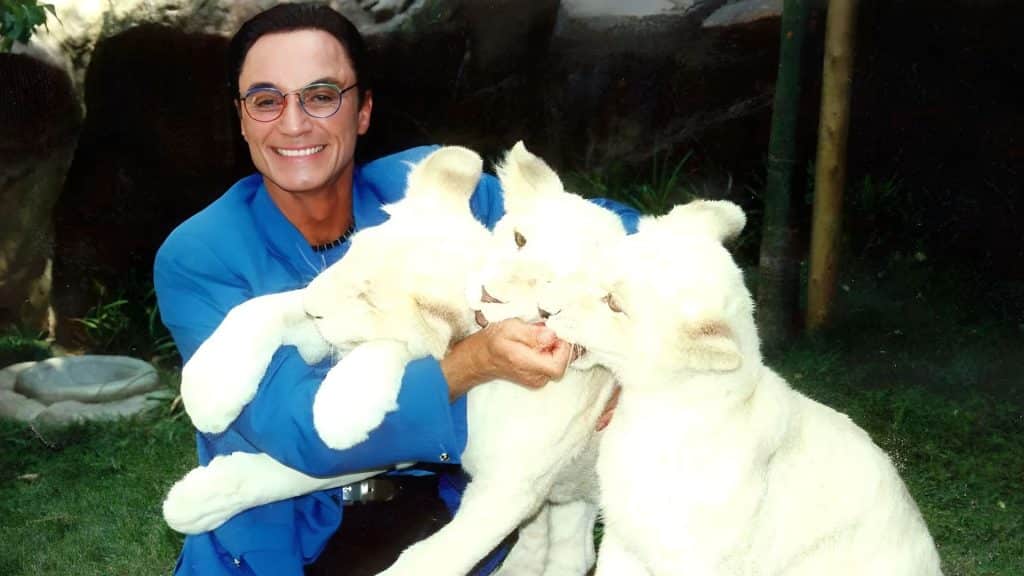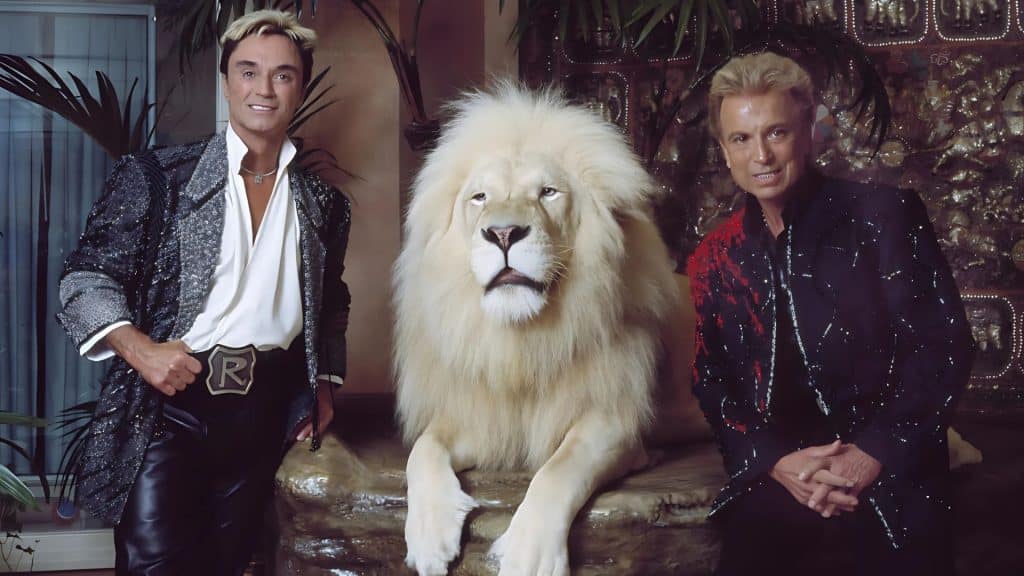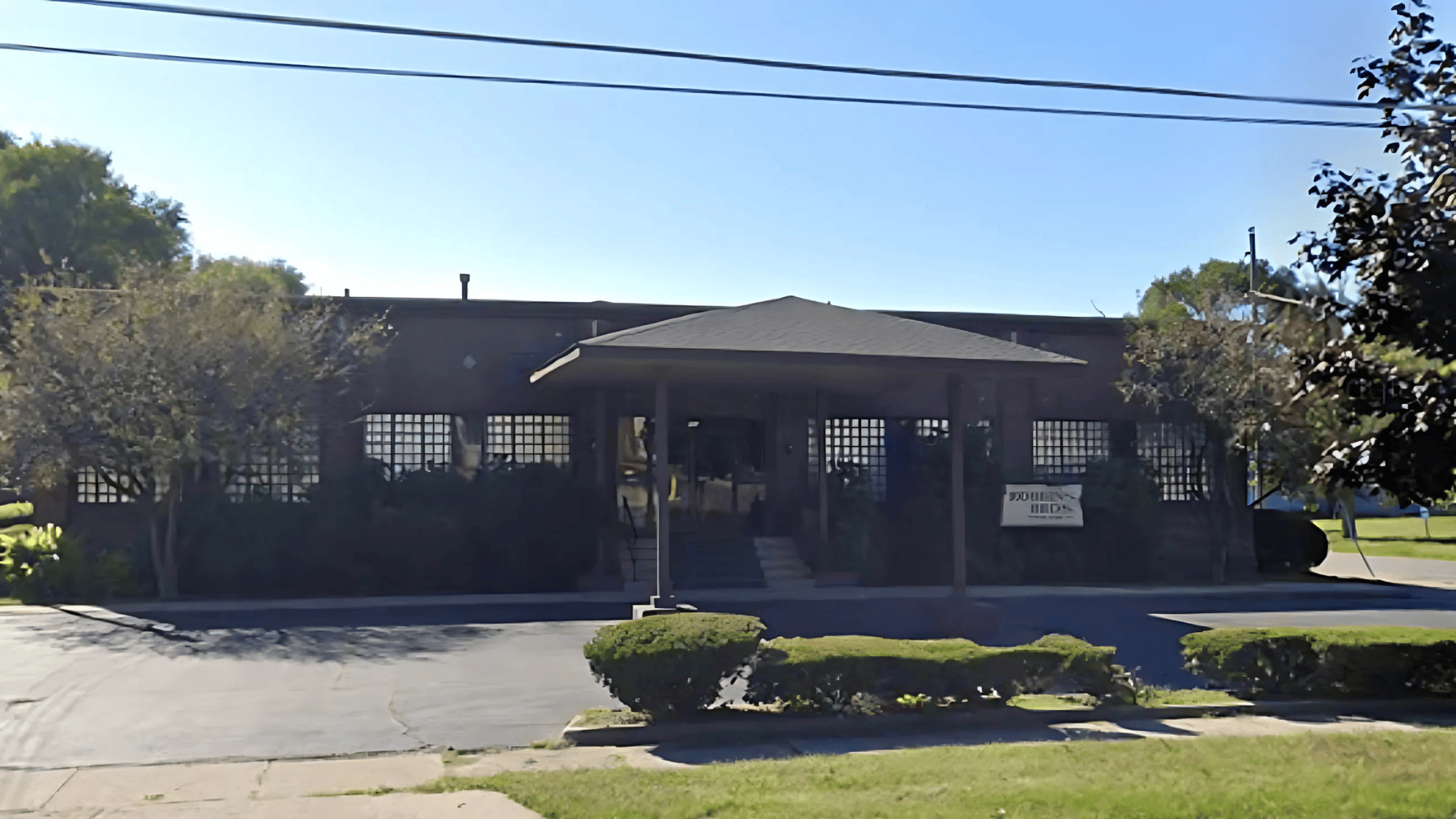Roy Horn, the famed animal trainer and magician from the iconic duo Siegfried & Roy, passed away a few years back.
He left behind a remarkable financial legacy that reflected his successful career in the entertainment industry.
Born Uwe Ludwig Horn in Germany, Roy rose to fame as one of Las Vegas’s most celebrated entertainers.
He charmed audiences for decades with spectacular performances featuring white tigers and lions.
His career spanned four decades, generating immense wealth through groundbreaking shows that changed Las Vegas entertainment.
Roy and partner Siegfried Fischbacher built an entertainment empire, becoming the highest-paid performers in Las Vegas history.
The Last Recorded Net Worth of Roy Horn – $60 Million
At the time of his death in May 2020, Roy Horn and Siegfried Fischbacher had a combined net worth of $120 million.
Roy’s share was estimated at around $60 million.
This wealth was amassed from Las Vegas performances, generating over $60 million annually during the 1990s and 2000s.
By 1999, their show had grossed $500 million, and they were recognized as the highest-paid entertainers in Las Vegas.
The duo’s financial success came from their groundbreaking fusion of magic and exotic animal acts.
Their unique performances created a spectacle that dominated the entertainment industry for decades.
Net Worth Evolution Over Time
Roy Horn’s wealth expanded from humble beginnings as a cruise ship waiter to a multimillionaire entertainer.
Starting in the 1960s with European performances, his net worth grew significantly after his 1967 debut in Las Vegas.
Their major breakthrough came in 1981 with a headline show at the New Frontier Hotel and Casino.
This was followed by a lucrative move to The Mirage in 1989.
In 1989, Siegfried & Roy signed a $57 million contract with The Mirage, equivalent to approximately $140 million today.
Their wealth peaked in the late 1990s and early 2000s before the 2003 incident ended their careers.
Here’s how Ray Horn’s Net Worth has evolved:
| Year | Estimated Net Worth (Roy Horn, as part of a duo) | KEY FINANCIAL MILESTONES |
|---|---|---|
| 1960s | Modest | Began performing in Europe and on cruise ships |
| 1967 | Growing | Las Vegas debut, start of U.S. entertainment career |
| 1981 | Substantial | Headline show at New Frontier Hotel & Casino, major breakthrough |
| 1989 | Rapid growth | $57M five-year Mirage contract (≈$140M today, split between duo) |
| 1996-97 | $100+ million (combined) | Forbes: Highest-paid Vegas entertainers, $58M annual earnings |
| Late 1990s–2000s | $120 million (combined) | Show generated $60M+ annually, $500M+ grossed by 1999 |
| 2003 | $120 million (combined) | Career-ending tiger incident, show ends |
| 2020 | $120 million (combined) / ~$60 million (Roy) | At death, combined net worth $120M; Roy’s share estimated at ~$60M |
Roy Horn’s Diversified Investments

Roy Horn demonstrated savvy investment strategies beyond his entertainment career.
His investment portfolio included real estate holdings, wildlife conservation projects, and entertainment ventures.
The duo invested significantly in their Secret Garden and Dolphin Habitat at The Mirage.
It functioned as both a conservation initiative and a profitable tourist attraction.
They also served as Executive Producers on the animated sitcom “Father of the Pride” from 2004 to 2005.
Roy’s investment philosophy combined his passion for animals with profitable ventures, creating sustainable income streams beyond live performances.
Major Assets
Roy lived in the 8-acre “Jungle Palace” estate at 1639 Valley Drive, Las Vegas, purchased in 1982.
The Moroccan-themed estate featured a main house, guesthouses, pools, studios, animal enclosures, a bird sanctuary, and additional amenities.
Additionally, he owned a valuable collection of stage costumes, props, and memorabilia from their decades-long careers.
Their personal items were later auctioned by Bonhams in June 2022, generating $1.4 million in proceeds.
Properties
The duo’s main compound, “Little Bavaria,” is an 80-acre property in Las Vegas with separate houses since 1996.
They purchased a 100-acre estate for $10 million, with multiple mansions and expansive grounds.
The property featured a private aquatic park and land spanning the size of a dozen football fields.
Roy owned several properties in Las Vegas, creating a diverse real estate portfolio.
These properties boosted his net worth and supported his work in animal conservation.
Roy Horn’s Overall Career Earnings

Throughout his career, Roy Horn generated massive earnings from multiple revenue streams.
His main income source was the Siegfried & Roy show, which earned an estimated $58 million in 1996-97.
By 2003, the performance duo was estimated to have grossed over $1 billion in their career.
Additional earnings came from television appearances, merchandise sales, and licensing deals.
The duo’s financial success in Las Vegas was unprecedented, making their show one of the most profitable ever.
Even after their performing career ended, Roy continued earning through their wildlife sanctuary and various entertainment projects.
Roy Horn’s Private Life
Roy Horn maintained a private life while sharing a deep partnership with Siegfried Fischbacher that extended beyond their professional work together.
The duo was romantically involved, but details remained private to avoid negative career impacts from biases against homosexuality.
Roy Horn was unmarried and had no children; his only immediate surviving family member was his brother, Werner Horn.
Both were devout Catholics and kept a private chapel in their home for worship.
Roy’s life was centered around his passion for exotic animals and his commitment to wildlife conservation efforts.
Early Life
Roy Horn, born Uwe Ludwig Horn on October 3, 1944, in Nordenham, Germany, was the youngest of four sons.
Raised during WWII, he faced a troubled family life after his father, a Nazi soldier, turned to alcoholism.
His mother remarried a dysfunctional construction worker.
Roy’s love for animals began with his dog, Hexe, and grew through early exposure to exotic wildlife.
He left school at 13 and later Americanized his name after becoming a naturalized U.S. citizen.
Career Beginnings
Roy’s entertainment career began humbly as a waiter on cruise ships, where he met Siegfried Fischbacher in 1959.
Working as a steward while Siegfried was a stage musician, Roy conceived the idea of combining animals with stage magic.
Roy asked Siegfried, “Can you make a cheetah disappear?” This sparked their magic partnership and debut in Vegas.
Early performances in European clubs and on cruise ships laid the groundwork for their Las Vegas empire and multi-decade entertainment legacy.
Roy Horn’s Future Investment Goals

Before he died in 2020, Roy Horn remained committed to wildlife conservation and educational initiatives.
His investment plans targeted the Secret Garden, Dolphin Habitat, and sustainable breeding programs for endangered species.
He also aimed to develop educational initiatives to raise awareness about wildlife conservation.
Roy envisioned creating a lasting legacy that would continue supporting exotic animal welfare long after his performing career ended.
He planned to create endowment funds dedicated to animal research and conservation.
This ensured his wealth would support wildlife protection and environmental stewardship through organized charitable giving.
Philanthropy and Charity Work
Roy and Siegfried invested heavily in their SARMOTI (Siegfried and Roy, Masters Of The Impossible) Foundation, which protects endangered species.
All $1.4 million in proceeds from their 2022 estate auction went directly to this charity.
The duo consistently used their platform to promote animal conservation and wildlife protection throughout their careers.
They have also opened the Secret Garden and Dolphin Habitat, a sanctuary for their white tigers and other animals.
Their charitable efforts extended beyond financial contributions to include public education about endangered species and initiatives aimed at habitat preservation.
Final Thoughts
Roy Horn’s financial legacy reflects a remarkable success path from humble beginnings to entertainment superstardom, culminating in a million-dollar net worth.
His wealth was built through innovative entertainment ventures, strategic investments, and an unwavering commitment to wildlife conservation.
Though his career ended tragically, Roy’s financial skill ensured continued prosperity and support for his cherished causes.
His estate planning demonstrated thoughtful consideration for both personal relationships and charitable causes.
Roy Horn’s financial story exemplifies the earning potential of visionary entertainers who create something unique in the industry.





